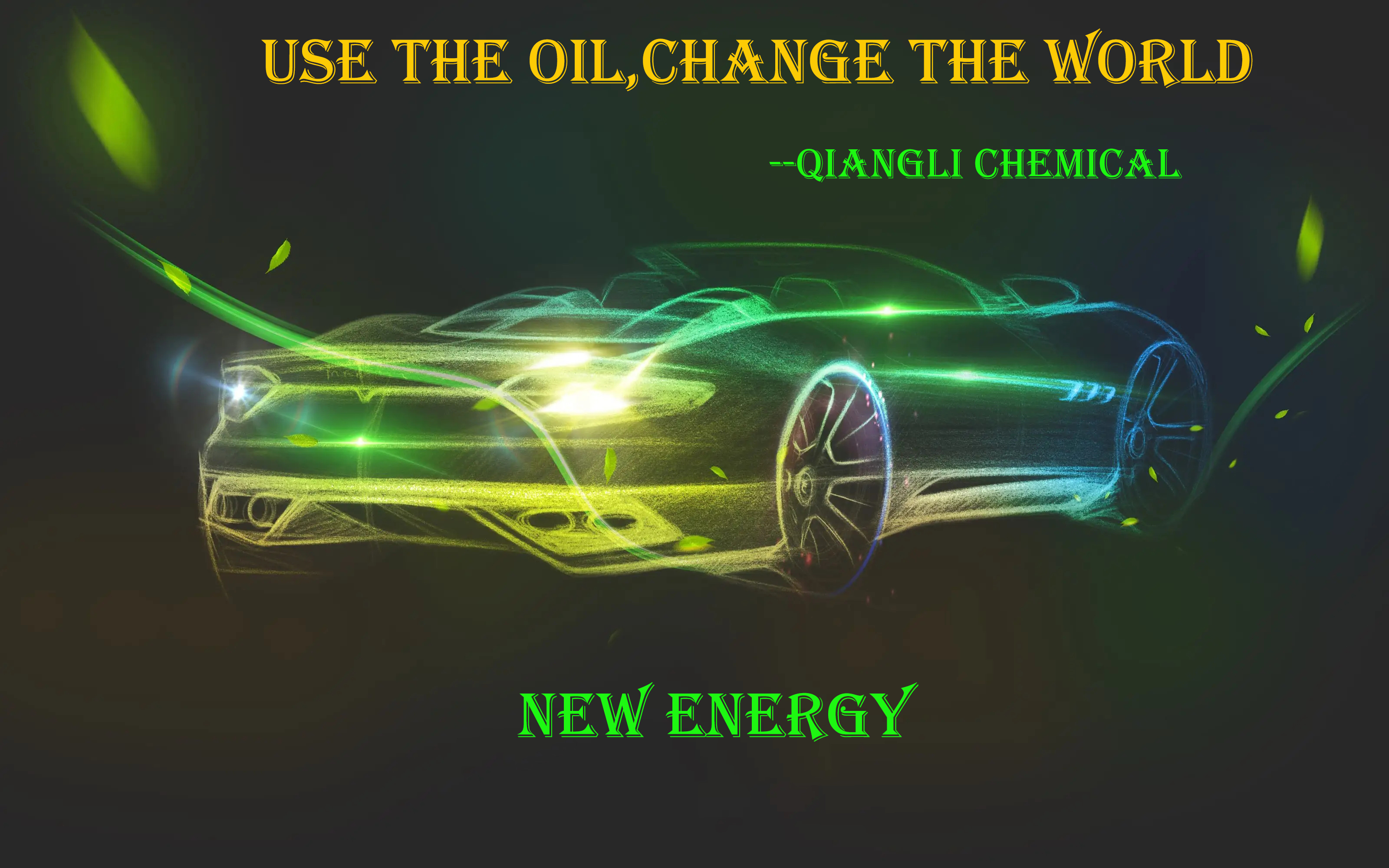Heat, especially when high humidity and other adverse environmental conditions are also present, often causes components to fail. When temperature fluctuates widely (the most common situation in automotive applications), joints and components experience fatigue caused by thermal expansion and contraction, which can lead to mechanical failure. Metal dendrites can grow in the tight spaces between circuit board traces, eventually leading to short circuits and component failure. It has also been found that the reliability and lifetime of semiconductor devices depend on the junction temperature, and a reduction in temperature of 10-15°C can double the component lifetime.

Traditional electronic device materials used to improve automotive electronics reliability include a wide range of chemistries and applications. Materials are typically epoxy, urethane, polyisobutylene (pib), paraxylene, and acrylic, each with its own unique advantages and limitations. Applications include adhesives, sealants, conformal coatings, gels, potting agents and thermally conductive materials. They are usually able to bond to different substrates. They can be cured at room temperature or with heat. However, their performance is limited if they are used in high temperature environments for a long time. But most of them are difficult to cope with these high temperature environments, especially high humidity environments, and are not easy to repair, lack the ability to reduce the stress caused by expansion and contraction in thermal shock, and some materials are relatively high cost, sensitive to contaminants, which also limits its use.
In the electronics industry, silicone is often used as an umbrella term for different polymeric materials, and most commercial silicone formulations are based on the PDMS (polydimethylsiloxane) molecular formula. Electronic component manufacturers offer silicone formulations in the form of adhesives, encapsulants, potting compounds, gels, conformal coatings, thermal management materials, and even component encapsulation materials and semiconducting coatings. In addition, silicon is the basic material of silicone. Pure silicon is a semiconducting metal and the main material for most active semiconductor components.
Silicone chemistry offers a range of different protective materials, including tough, friction-resistant elastoplastic coatings and soft, stress-relieving elastomer products. Circuit board manufacturers can choose from a range of room temperature cure (rtv) materials, which accelerate cure at moderate temperatures, or specify solvent-free thermal cure formulations suitable for high-speed processing. The properties of silicone enable higher reliability and longer life of automotive electronic components. These properties include: thermal stability, elasticity, moisture resistance, adhesion to common substrates, low ionic impurities, and compatibility with processing techniques.

When silicone materials were first used in electronic applications 30 years ago, one of their most useful properties was their stable dielectric properties over a wide range of temperatures and frequencies. Silicone polymer intermolecular forces vary very little with time (even under wide temperature fluctuations), resulting in very stable physical and electrical properties.
Another important factor in improving component reliability is moisture resistance. The hydrophobicity of silicones means that they do not easily absorb water molecules. At the same time, the high gas permeability allows moisture to escape quickly, eliminating potential sources of corrosion. In addition, the very low surface tension and excellent wetting properties of PDMS (polydimethylsiloxane), along with bonding properties obtained through advanced adhesion enhancers, help achieve void-free bonding, further improving overall reliability .
Low modulus is also important to minimize stress in electronic components, as elastic materials can help reduce the effects of vibration and absorb thermal expansion differences that can damage sensitive components and substrates. In the typical operating temperature range of automotive electronics, current silicone formulations do not exhibit glass temperature (tg), so the modulus remains fairly constant over this cycle. This behavior is significantly different from elastic epoxy resins used for electronics. The modulus of elastic epoxy resins increases by more than three orders of magnitude between the extreme high and low temperatures often encountered in automotive applications. Cured silicones are chemically inert and extremely stable. Many products also maintain their physical properties when operating at temperatures ranging from 250°c (-50°c to +200°c). This makes silicone one of the chemical materials that can withstand the harsh environments in which automotive electronic components must operate.



